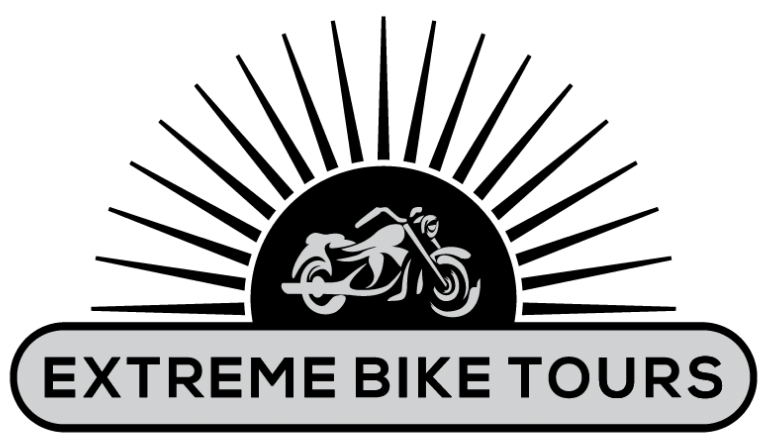SRI LANKA
The Pearl of the Indian Ocean
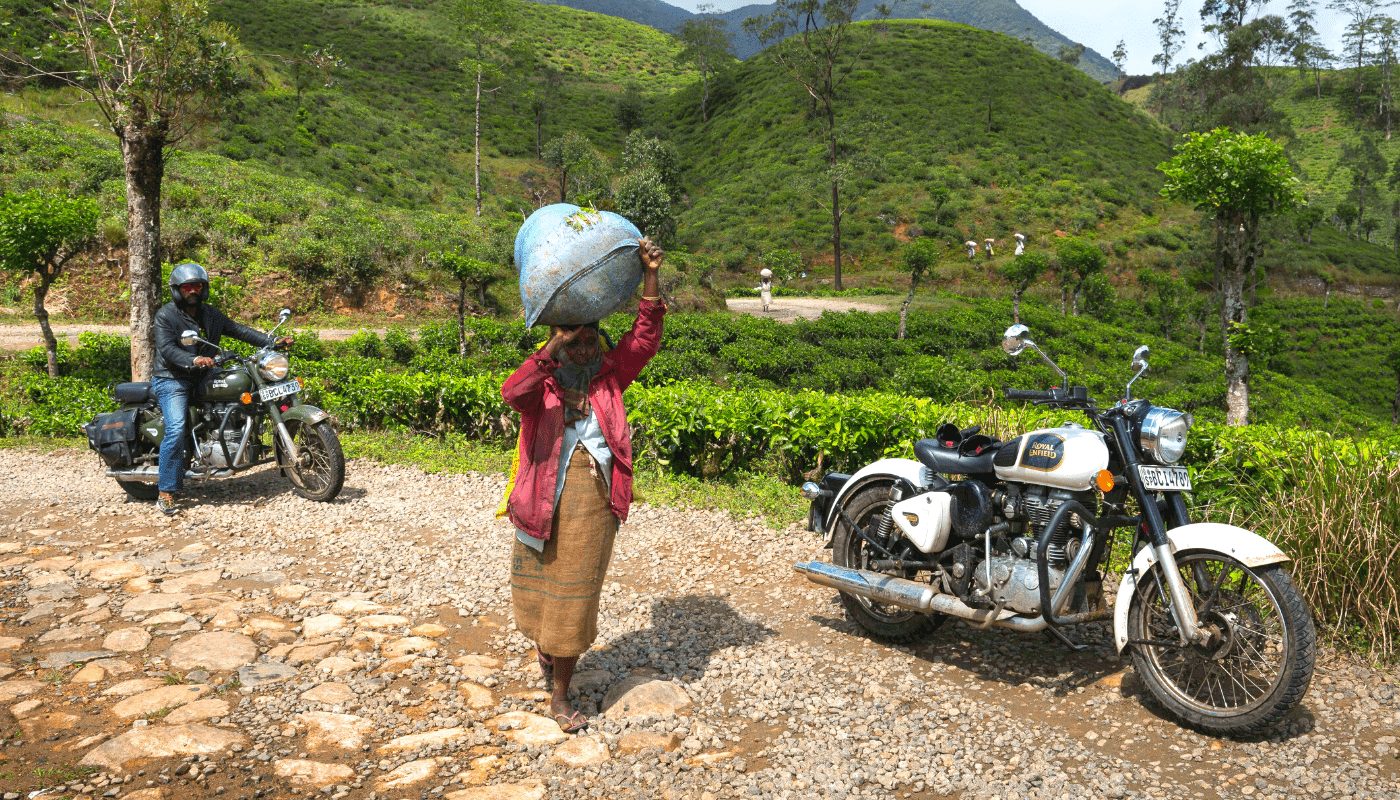

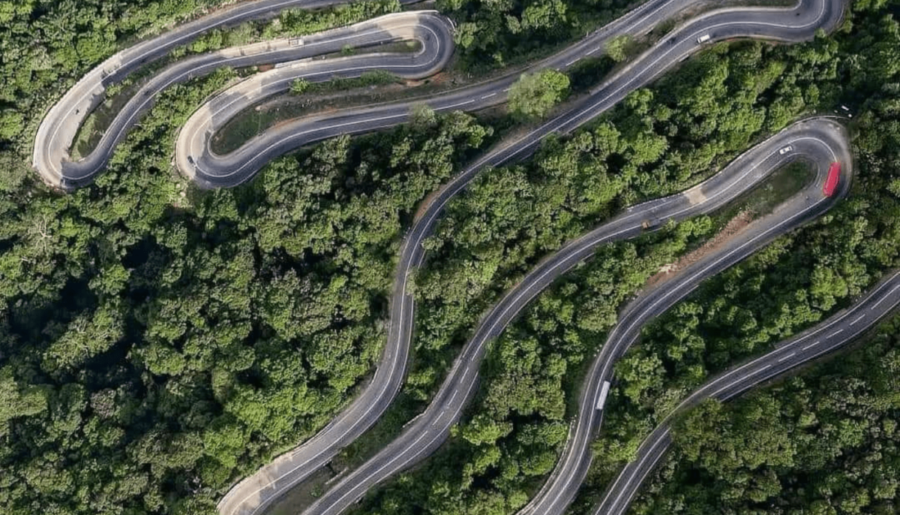
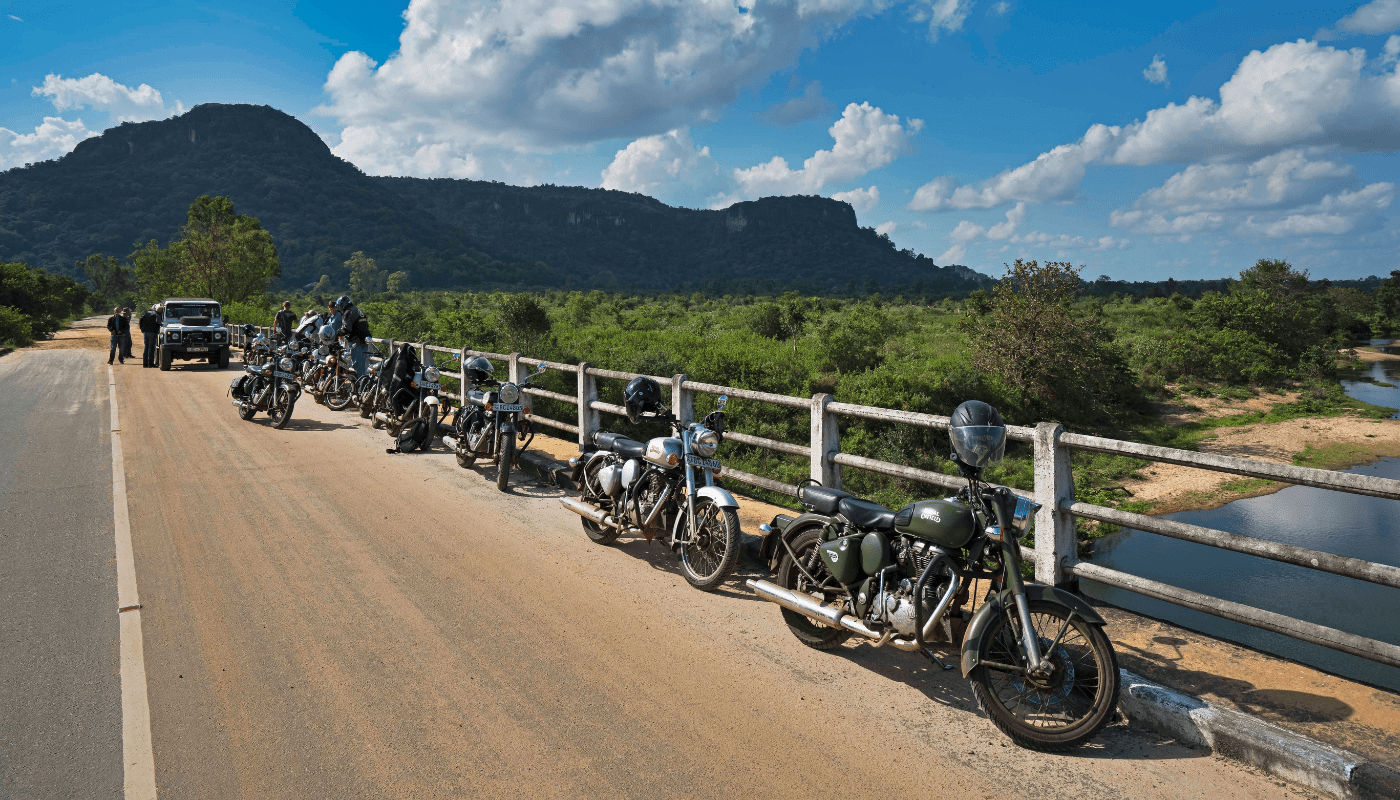
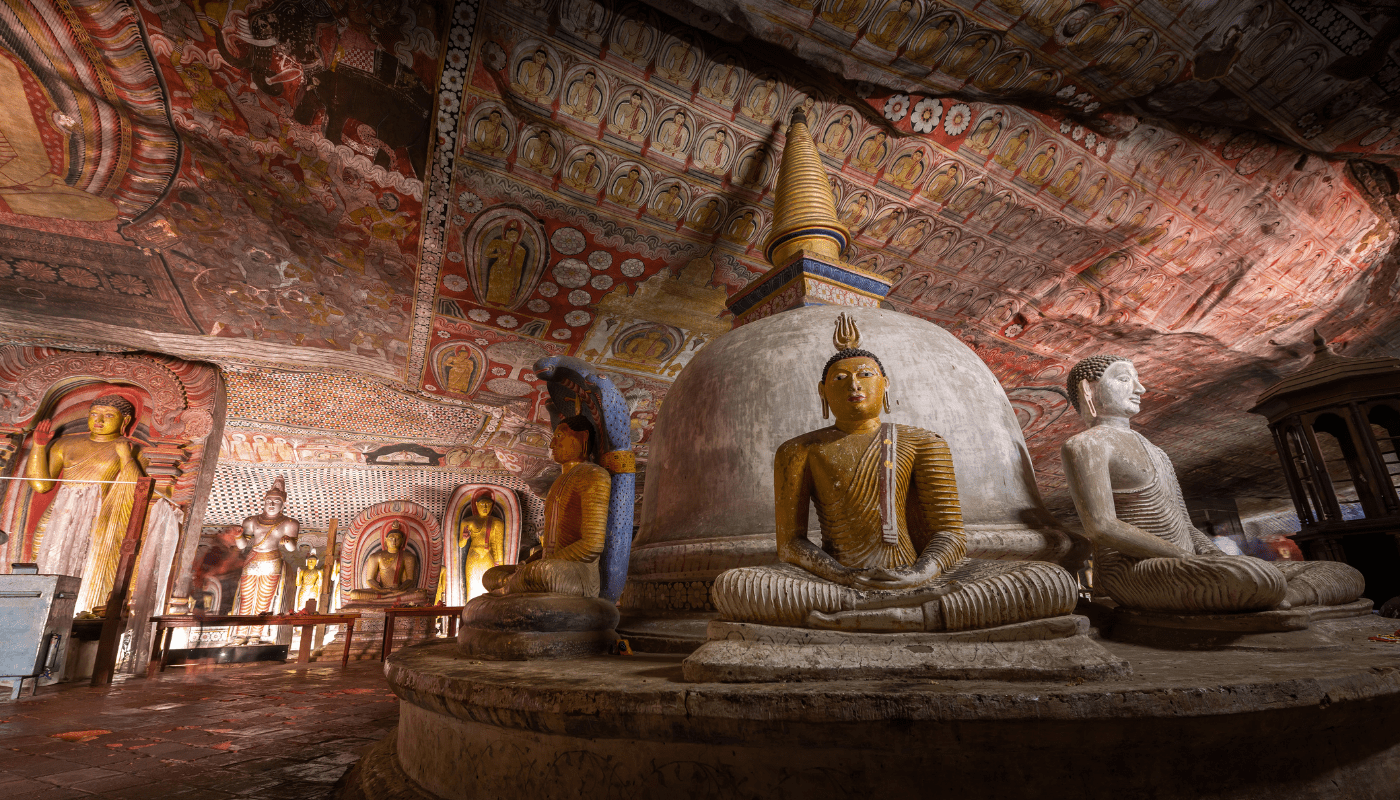
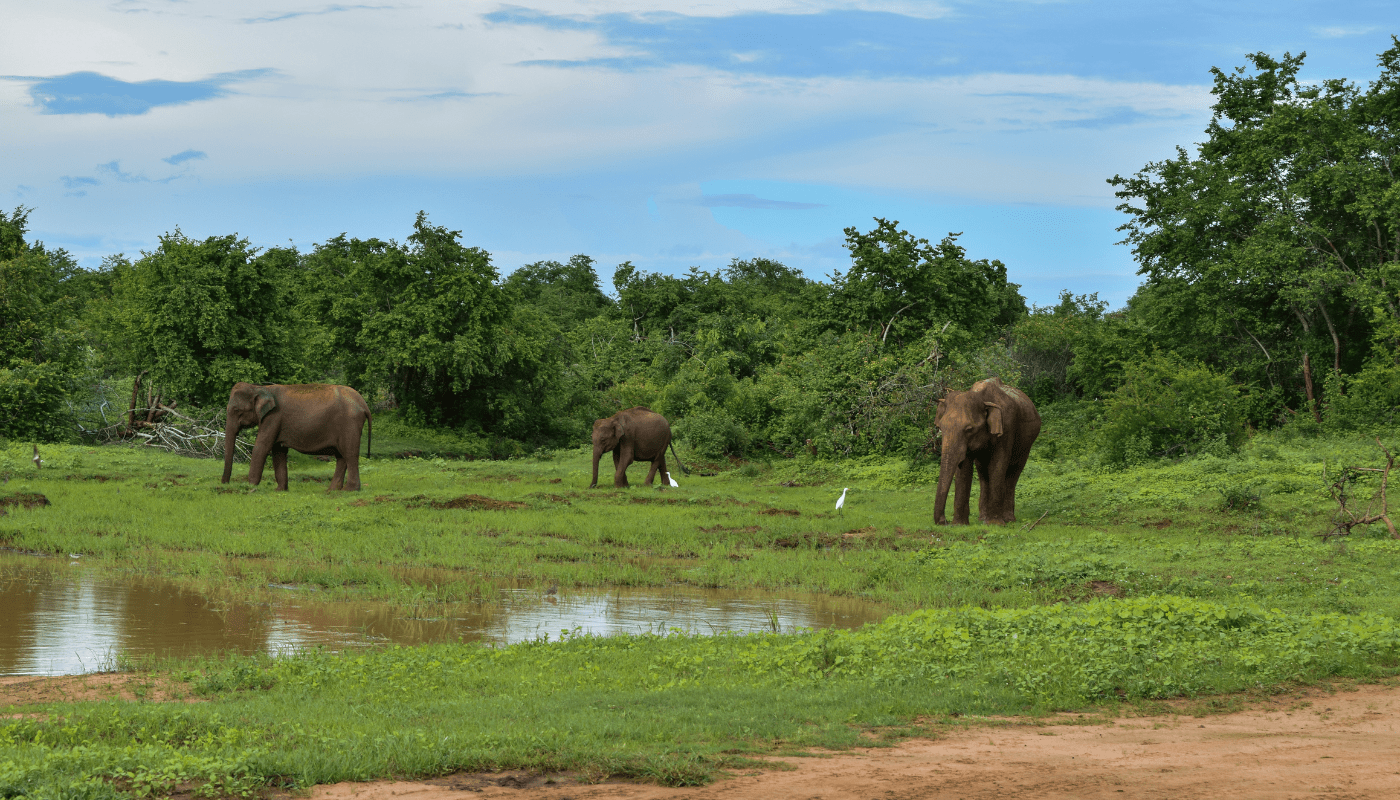
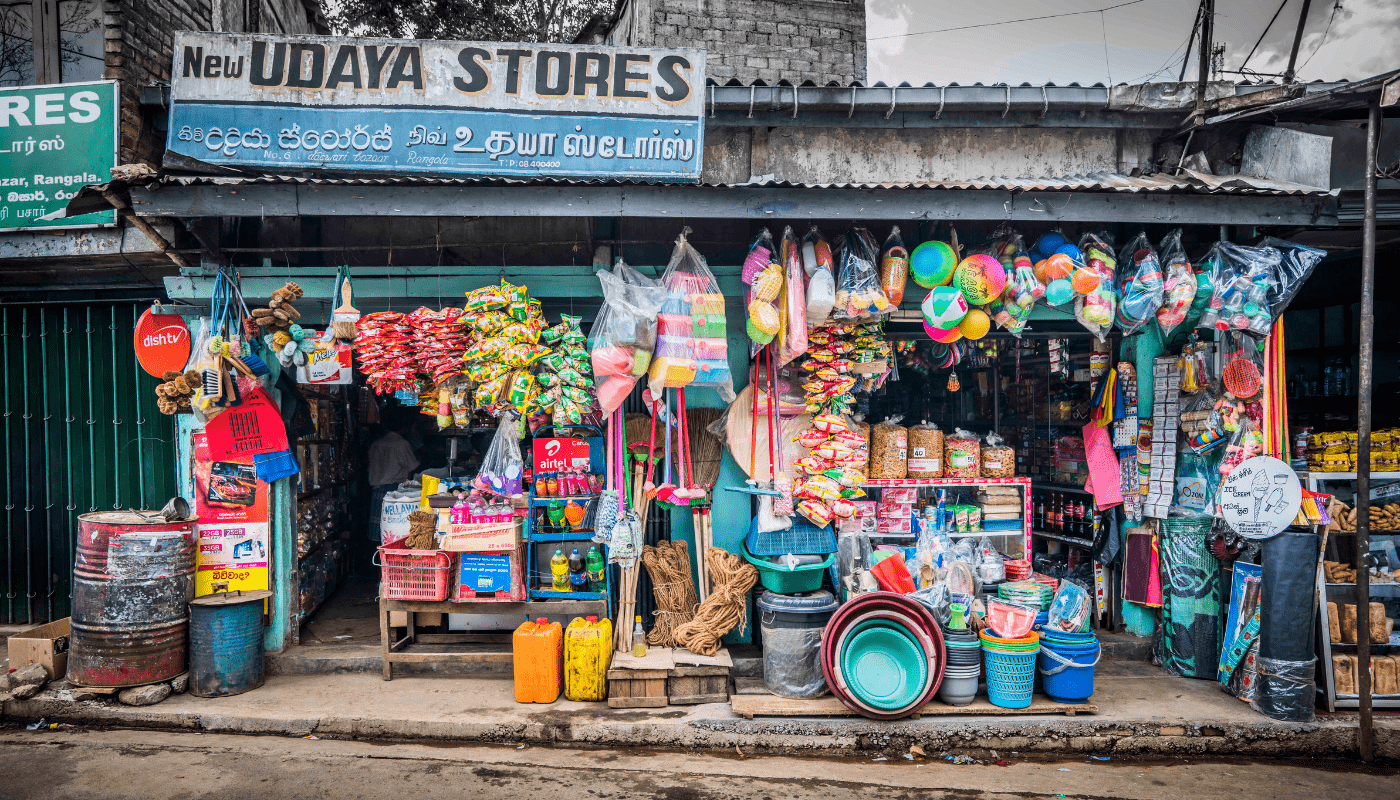

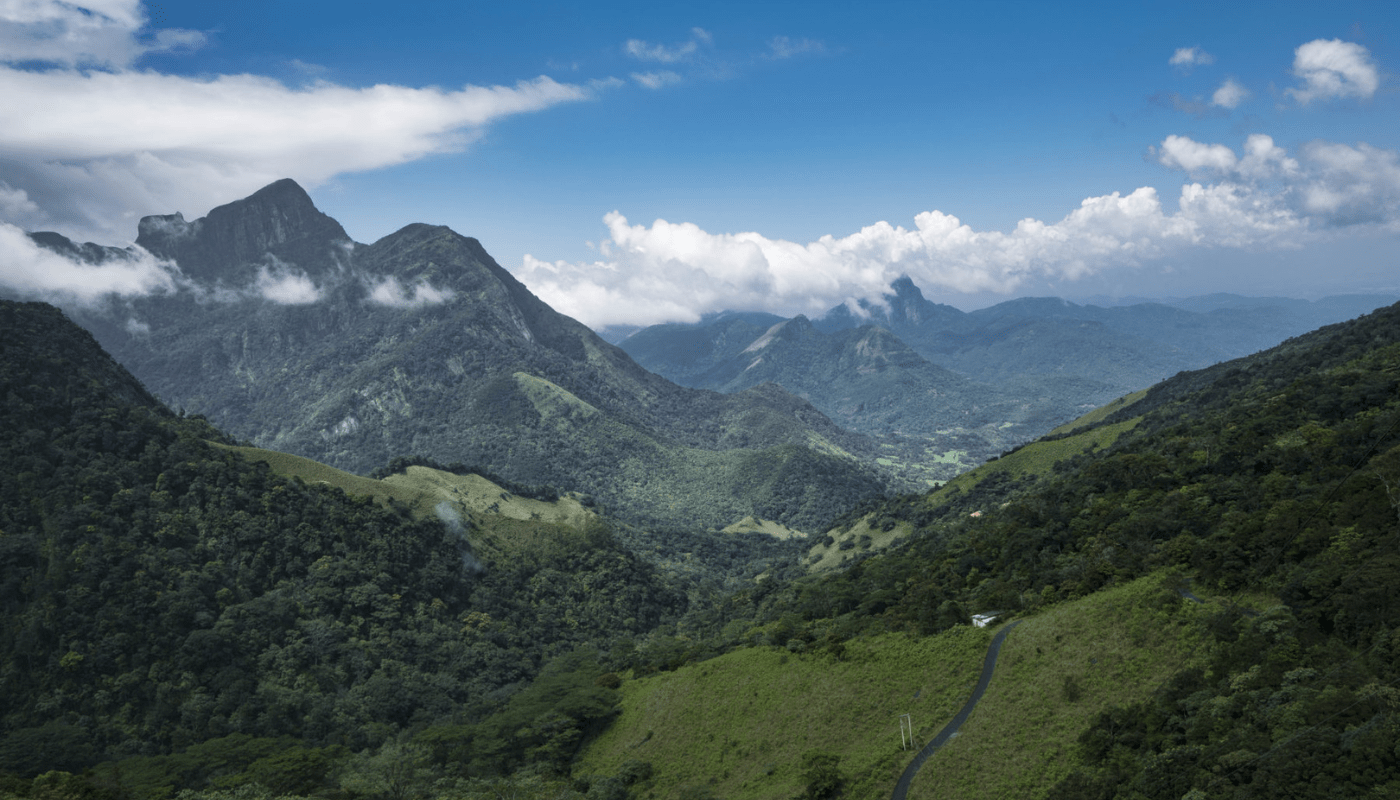




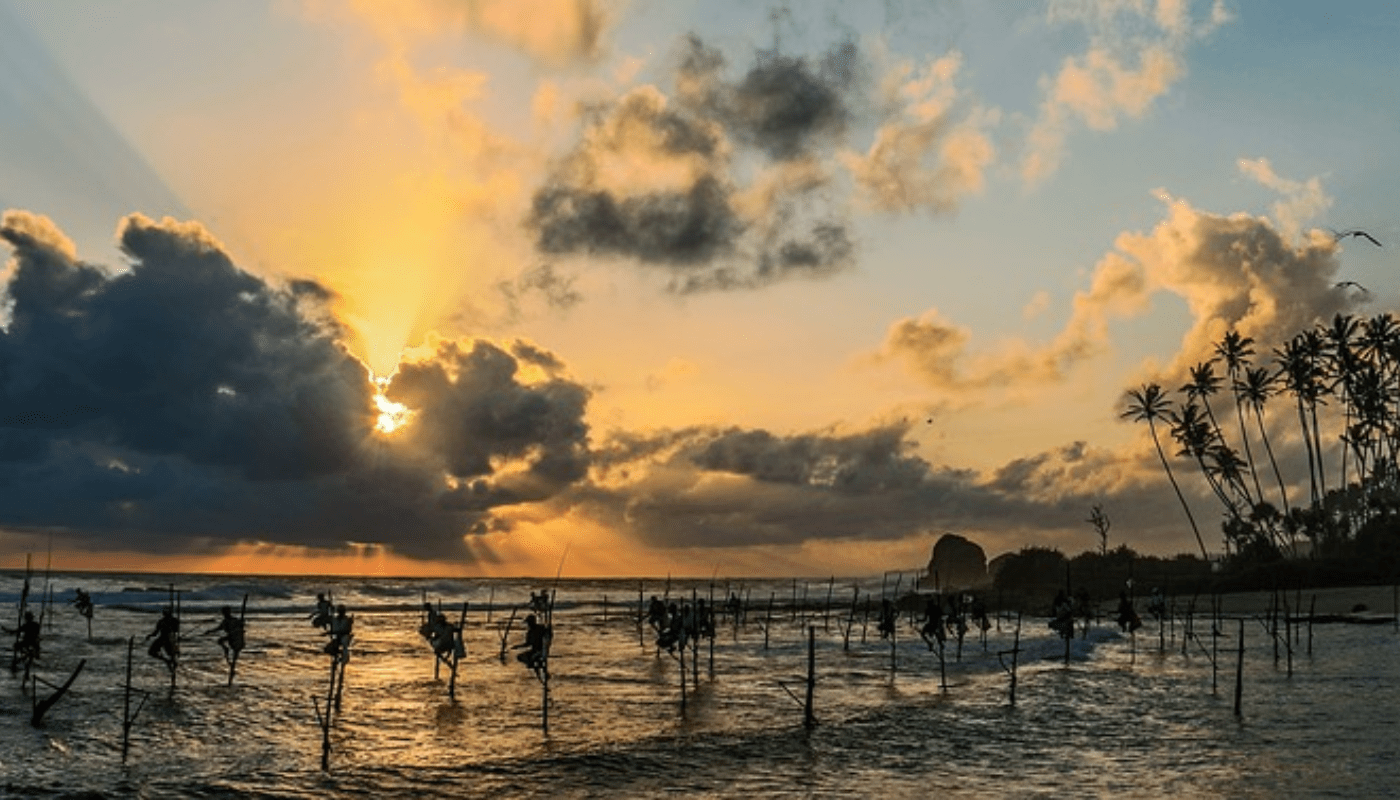
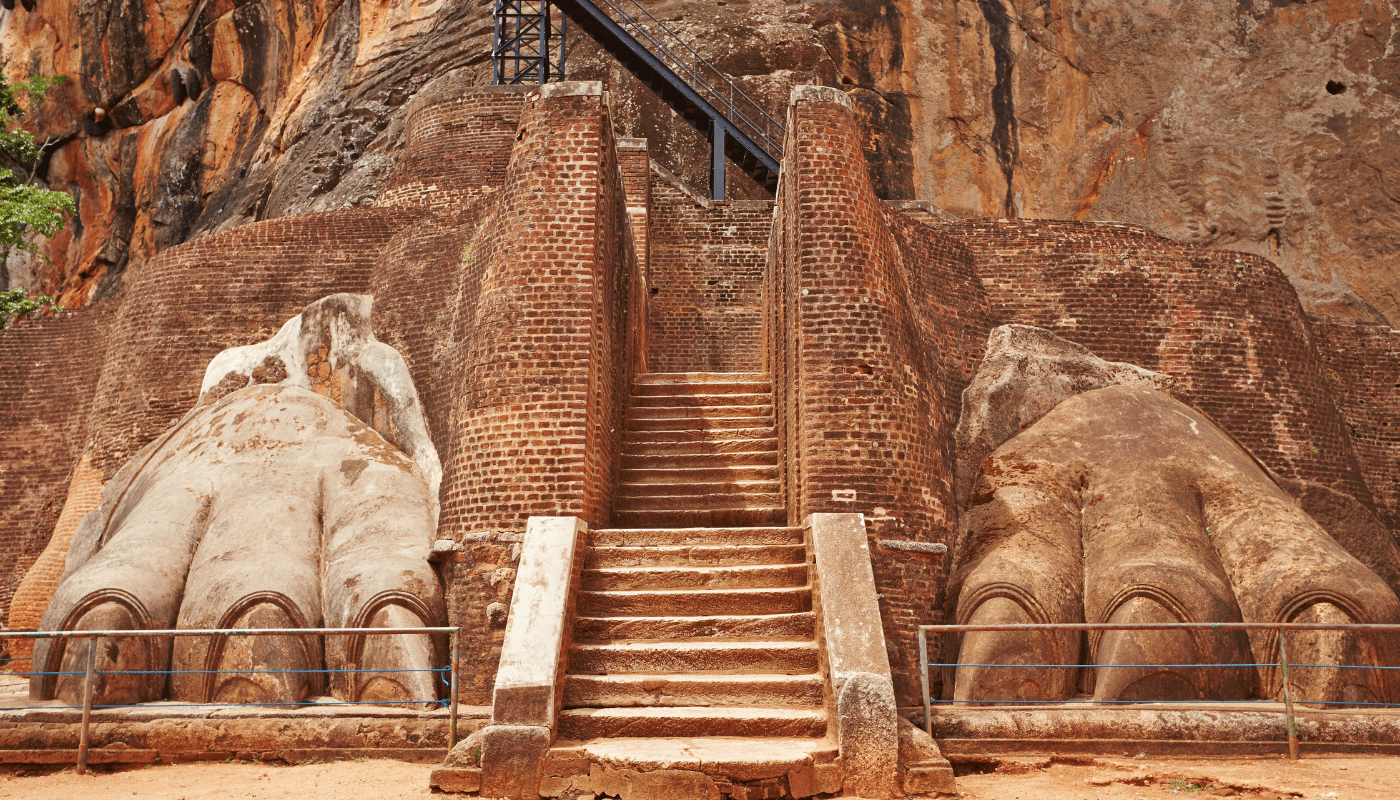
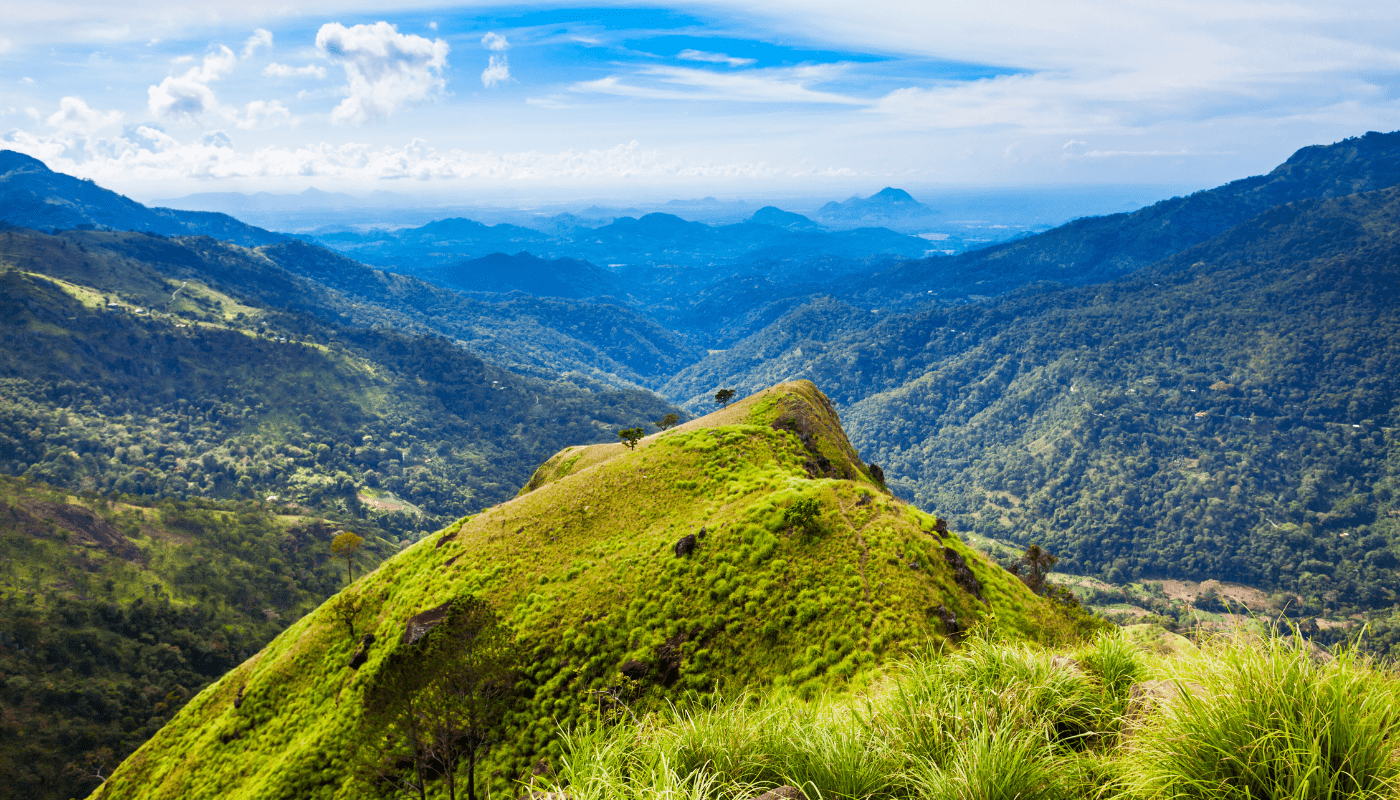
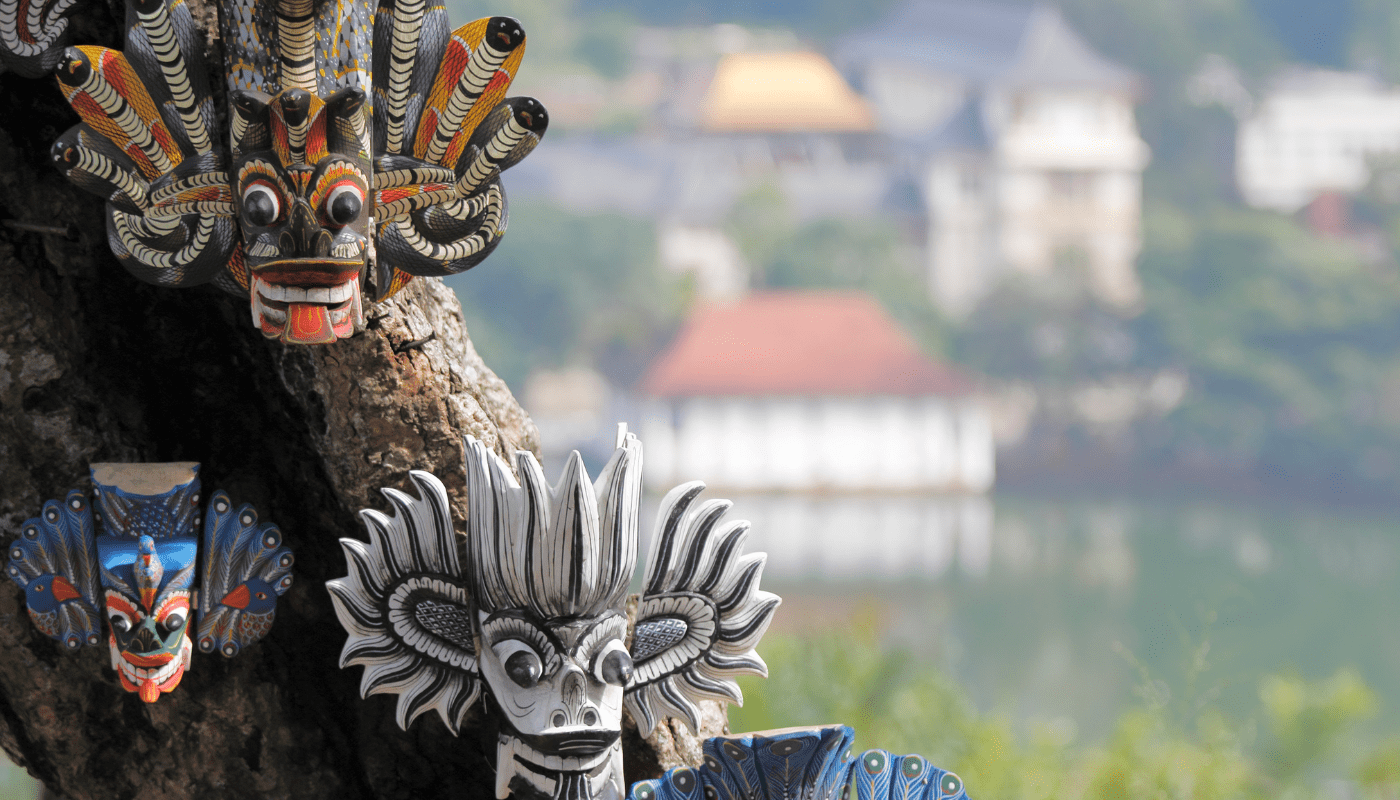
Sri Lanka, an island nation located in the Indian Ocean, offers a captivating blend of natural beauty, rich history, diverse culture, and warm hospitality, making it an enticing destination for a motorcycle tour adventure.
31,000 Km
Of roads on the island
2500 Mt
Max
altitude
8,800 m2
Total area of 26 national parks
27 - 28°C
Average temperature
8
UNESCO World Heritage Sites
“I must say that having just completed this wonderful tour it really is a 10/10 for Extreme Bike Tours .
I’ve previously completed over 25+ tours with some of the industry leaders all over the world and would rate EBT the best by far.
Thank you”
Glenn Gimson
“I've just done this Hidden Sri Lanka. End of July beginning of August and it was fantastic. The accommodation is wonderful and the daily rides great fun. No issues with fuel as they prioritise tourists. Well worth the money.”
Jeff Green
“Awesome – have done 3….S. India, Mighty Himalaya 2 and Bhutan too. Says it all really. Some of the best fun you can have on two wheels in my humble opinion, and this is based on riding for many years. Great team. Fantastic experience. Big question is …which one next?”
Ken Williams
“I have been on 3 different tours with Extreme Bike Tours, the mighty Himalayan, Tibet and Bhutan, I would highly recommend them, for anyone wanting a trip of a lifetime Ben , Emily and the gang will look after you.
Rory Murphy ( Ireland)"
Rory Murphy
Tours
The Pearl of the Indian Ocean
- 22 Days / 21 Nights
- Handpicked Accommodation
- Couples' Choice
Ultimate Indulgence
- 9 Days / 8 Nights
- Luxury Boutique Hotels & Villas
- Small groups only
Bespoke Experiences
Choose your budget, duration, the best time of the year and leave it to us. We will create the perfect bespoke tour for you & your mates.
Take in some of the best the island offers riding the iconic Royal Enfield Classic 350cc:
- Ride through tea plantations’ twisty roads
- Encounter Elephants in their natural habitat
- Enjoy delicious local & international food
- Visit ancient sites & national parks
- Relax in stunning beaches
- Optional safaris, watersports & leisure activities
All-inclusive and fully supported by an English speaking guide, mechanic and support vehicle to carry luggage, spares and anything else needed.
Click on the button below and start creating your bespoke motorcycle tour in Sri Lanka.
About Sri Lanka
Location
Located in the Indian Ocean, southwest of the Bay of Bengal, separated from the Indian subcontinent by the Palk Strait.
Landscape
Diverse landscapes including coastal plains, central highlands with tea plantations, rainforests, and dry zones in the north and east.
Biodiversity
Diverse ecosystems supporting numerous wildlife species, including elephants, leopards, and a variety of bird species.
Population
Approximately 22 million people, comprising mainly Sinhalese, Tamils, Muslims, and other ethnic groups, and cultures.
Languages
Official languages are Sinhala and Tamil, with English widely spoken, especially in urban areas and for administrative purposes.
Religion
Buddhism is the predominant faith, while Hinduism, Islam, and Christianity are also practiced by significant minority communities
History
Home to ancient civilizations with impressive archaeological sites like Anuradhapura, Polonnaruwa, and Sigiriya.
Hospitality
Sri Lanka is renowned for its warm hospitality, offering a range of accommodations including stunning boutique hotels and unique resorts.
Climate
Tropical climate influenced by monsoon patterns resulting in varied weather conditions across the island throughout the year.
Frequently Asked
The Royal Enfield Classic 350cc is a popular motorcycle known for its vintage-inspired design and comfortable riding experience.
It features a classic aesthetic with retro styling elements like a teardrop fuel tank and traditional instrumentation. Powered by a 346cc air-cooled engine, the Classic 350cc offers smooth performance suitable for leisurely rides and touring. Riders appreciate its solid build quality, customization options, and upright riding position, making it a favored choice for those seeking a classic and enjoyable motorcycle experience.
Accommodations in Sri Lanka are renowned for their exceptional standards, offering a diverse selection of luxury beach cabanas, colonial mansions, glamping resorts nestled in picturesque tea plantations, jungle resorts and other unique options curated for unforgettable experiences.
We meticulously handpick hotels, resorts, and boutique villas based on their superior quality, distinctiveness, and ideal locations.
Throughout the year, we conduct regular visits to ensure top-notch service and uphold our commitment to delivering exceptional hospitality and ensuring a memorable stay for visitors exploring Sri Lanka.
Sri Lankan cuisine is diverse and flavorful, characterized by its use of rice and curry as a staple dish.
Coconut features prominently in many dishes, adding richness and flavor through coconut milk, grated coconut, and coconut oil.
The cuisine is known for its bold spices like chili, cardamom, and cinnamon, creating dishes with satisfying heat.
Popular dishes include hoppers (rice pancakes), kottu roti (chopped roti stir-fry), and a variety of seafood curries.
Sri Lankan sweets and desserts, such as milk toffees and kavum (sweet cakes), offer a delightful end to a meal.
Sri Lankan food reflects the country’s cultural diversity and tropical influences, making it a culinary adventure for visitors to explore and enjoy.
The official currency is the Sri Lankan Rupee (LKR), available in various denominations.
ATMs are widely accessible in major cities and tourist areas, accepting major international credit and debit cards.
Cash is preferred for smaller transactions and in rural areas, while credit/debit cards are accepted at many hotels, restaurants, and shops in urban centers and tourist spots.
Foreign currencies can be exchanged at authorized establishments like banks and exchange counters.
It’s advisable to inform your bank before traveling and to carry a mix of cash and cards for convenience.
Important note: when you book a tour, we cover any expenses from the moment you arrive at the airport until the end of the tour (all meals, snacks, soft drinks, fuel, entrance fees, etc.).
The only expenses you might have are souvenirs, spa sessions, alcoholic beverages and other personal expenses during your free time (eg. rest days)
Sri Lanka has approximately 12,000 kilometers of paved roads and around 19,000 kilometers of unpaved roads, making up a total road network of approximately 31,000 kilometers. This road network includes highways, main roads, and rural roads connecting various parts of the country.
Vehicles drive on the left side of the road and riding requires awareness of local traffic norms and road conditions. Traffic can be congested in urban areas, and roads may be narrow with occasional potholes.
Stay vigilant for unpredictable driving habits and frequent use of horns by locals. Watch out for pedestrians and wildlife, including stray dogs that may cross roads unexpectedly.
The weather in Sri Lanka is influenced by its tropical climate and two monsoon seasons, resulting in varied conditions across different regions of the island throughout the year.
For keen tropical adventurers, it’s possible to enjoy riding almost any time of the year.
Here are key points about the weather in Sri Lanka:
- Monsoon Seasons: Sri Lanka experiences two primary monsoon seasons:
- Southwest Monsoon (Yala): Occurs from May to September, bringing rain to the southwestern regions and the hill country.
- Northeast Monsoon (Maha): Occurs from October to February, affecting the northeastern regions.
- Temperature: Sri Lanka generally has high temperatures year-round due to its tropical location. Coastal areas experience average temperatures ranging from 25°C to 30°C (77°F to 86°F), while the cooler hill country temperatures can drop to around 15°C to 20°C (59°F to 68°F).
- Humidity: Humidity levels can be high, especially during the monsoon seasons, making it feel warmer than the actual temperature.
- Peak Seasons: The peak tourist seasons in Sri Lanka coincide with the dry seasons:
- December to March: This is considered the best time to visit the west and south coasts, including Colombo, Galle, and Bentota, as well as the Cultural Triangle (Sigiriya, Anuradhapura, Polonnaruwa) due to dry and sunny weather.
- April and September: These months are ideal for visiting the east coast (Trincomalee, Arugam Bay) as they fall between the two monsoon seasons, offering pleasant weather and calm seas for beach activities.
Peak tourist seasons in Sri Lanka generally coincide with these dry and sunny periods, especially around December to March and July/August. During these times, popular tourist destinations and beaches can be crowded with international visitors.
All our tours are fully supported, with one or more support vehicles always following the group. These vehicles carry luggage, spare parts, first aid kits, beverages, and any other necessities. The support vehicles are comfortable with air conditioning (AC), allowing riders or pillions to take breaks from riding if necessary. One of our team members will ride the bike as needed.
Our team consists of a local expert and an English-speaking guide, complemented by a competent mechanic to ensure the motorcycles are in proper working order throughout the tour.
To ride in compliance with local laws, you require a temporary permit issued by the AA (Automobile Association).
Once you book a tour, we will collect the necessary documents and request the permit on your behalf so that when you arrive it’s all sorted.
The temporary license has a cost of US $50 and it is included with any tour package.
Visa can be requested online on the official governative website https://eta.gov.lk, by most nationalities.
Alternatively please contact the closest Sri Lankan Consular representative in your country for assistance.
it’s important for tourists to be respectful of local customs, traditions, and laws. Here are some behaviors or activities that tourists should avoid:
Religious Sites: Sri Lanka is a predominantly Buddhist country, and visitors should show respect when visiting temples and religious sites. Both men and women should wear clothing that covers their shoulders and knees. Avoid wearing tank tops, sleeveless shirts, short skirts, or shorts, remove shoes when required, and refrain from inappropriate behavior or loud noise.
Wildlife: Sri Lanka is rich in wildlife, including elephants, leopards, and marine life. Do not disturb or feed wild animals, and avoid purchasing products made from endangered species. When on the road it is common to encounter elephants. Always keep safety distance and remain on the bike with the engine on if you stop to take a picture. They are wild animals and can be dangerous.
Photography Etiquette: Always ask for permission before taking photos of people, especially monks and locals. Avoid photographing sensitive areas such as military installations or government buildings and don’t take pictures showing your back to temples or religious statues.
Cultural Sensitivity: Be mindful of cultural sensitivities, especially regarding dress. Avoid wearing revealing clothing, particularly in religious or rural areas where more conservative attire is appreciated.
Environmental Conservation: Respect the natural environment by disposing of waste responsibly and avoiding activities that contribute to pollution or environmental degradation.
By observing these guidelines and showing respect for local customs and laws, you can have a positive and enjoyable experience while visiting Sri Lanka while fostering goodwill and cultural understanding.
Medical facilities including hospitals, clinics, and pharmacies are available to cater to residents and visitors in case of emergencies or medical needs.
Major cities have well-equipped hospitals offering emergency care, surgeries, and specialized treatments, with English-speaking doctors available in tourist areas.
Pharmacies are widespread, stocking common medications and operating 24 hours in major cities.
Consult your trusted doctor before traveling to Sri Lanka to discuss recommended vaccinations and health precautions, especially for mosquito-borne diseases like dengue fever and malaria.
Comprehensive travel health insurance is advised to cover medical expenses and emergency evacuation if needed during the trip.
